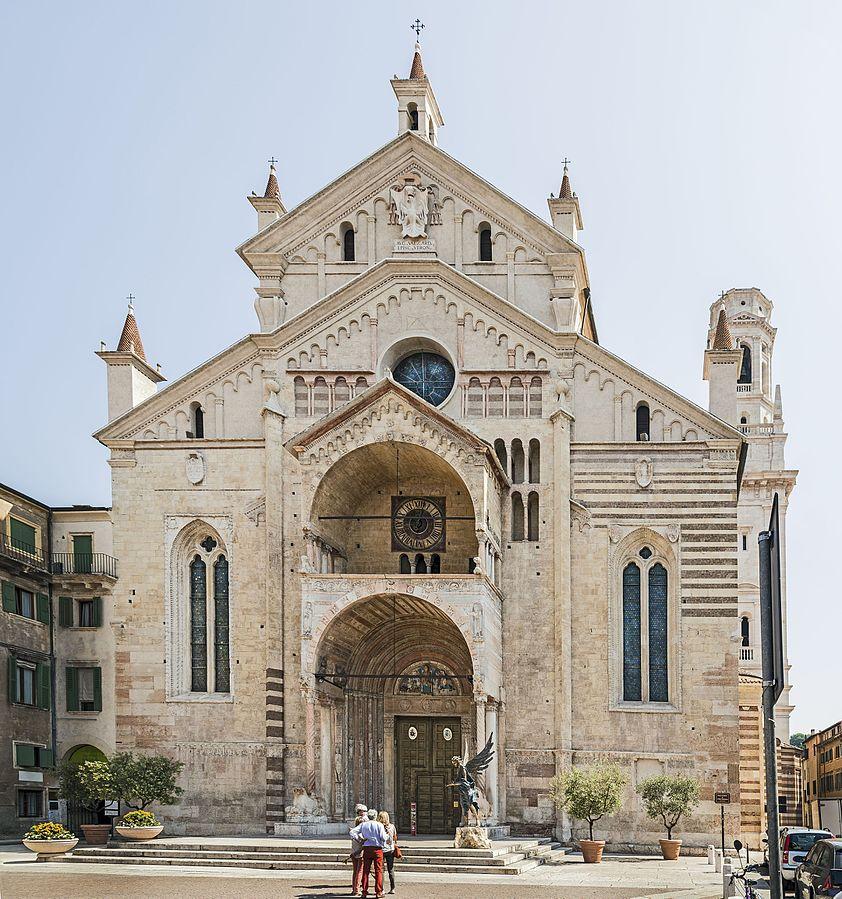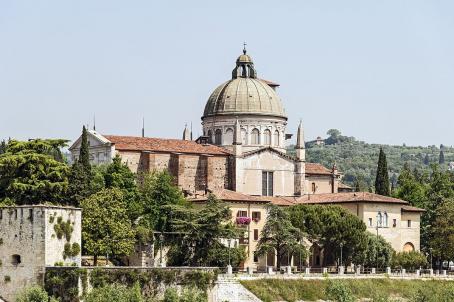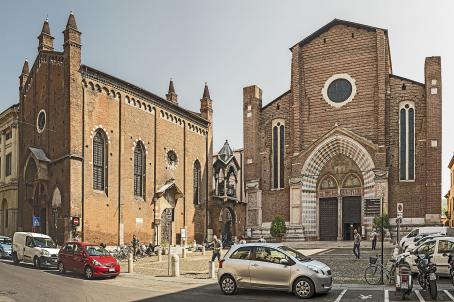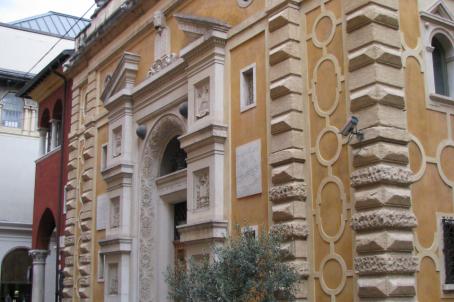Cathedral of Verona

The Cathedral of Verona was built from 1120 to 1187 on an ancient 4th century church destroyed by an earthquake in 1117. Over the centuries, especially in the 15th and 16th centuries, the church underwent various modifications. The present layout of the façade dates from the 16th century.





